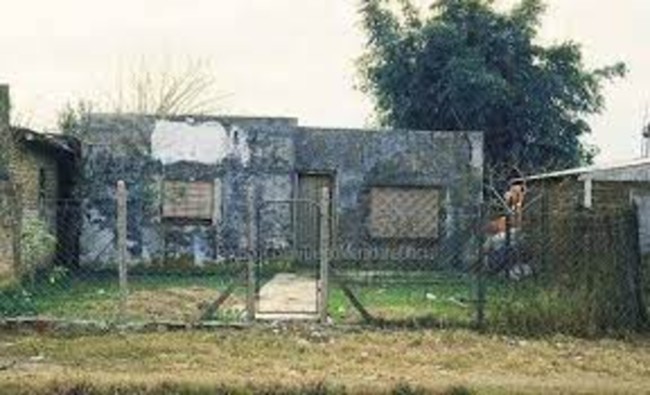Our philosophy
Panther Soccer training is designed to replicate the soccer environments that help produce the world’s elite players. In nearly every instance, soccer brilliance derived from an environment that ensured tons of soccer in tight spaces where the ball is never out of play.
In Brazil they have the favelas where the local kids play in streets too narrow for cars.
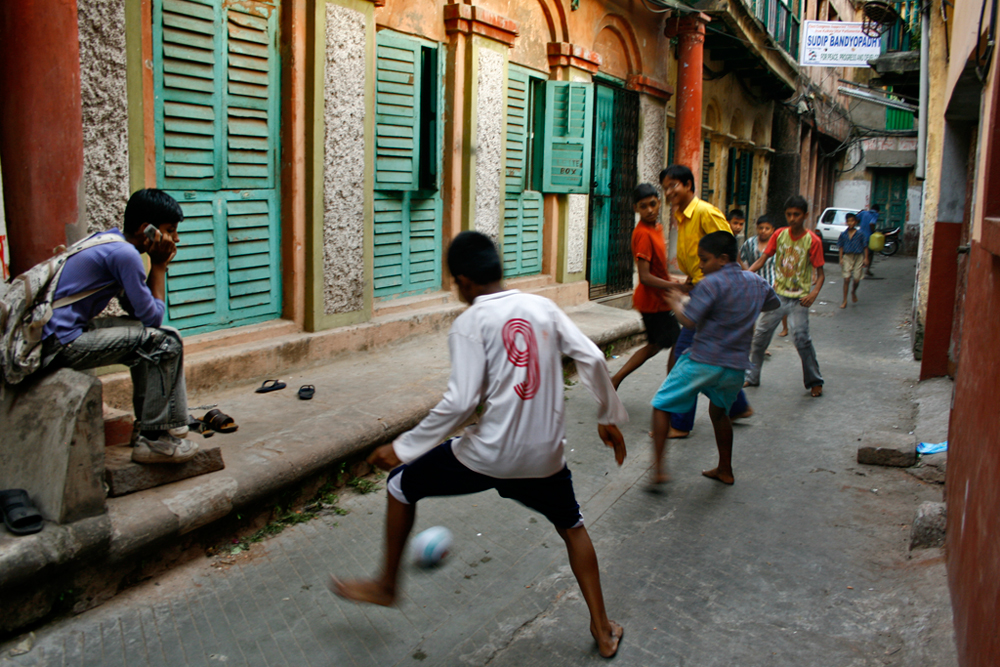
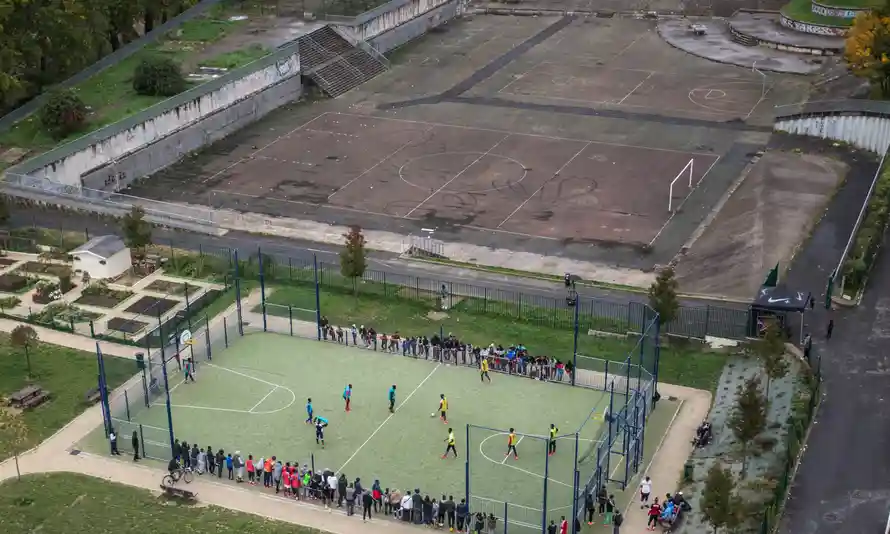
In France they have the small, inner city, fenced fields provided by the government for immigrants.
In 1930s England, Ashington, a coal town of a couple of thousand residences, produced 3 players for the national team, including one of the best players of his generation. How did that happen? Turns out, it was the environment. The town was built to serve the local coal mine. The homes were brick row homes with alleys in between the rows. A small area with rebounding opportunities and no windows to break. Because the coal miners often left before dawn and returned after sundown, Ashington was one of the first places in England in which working people were provided electric street lamps. Local Ashington kids played more hours of soccer and got more touches due to the layout of the homes and the street lights, than their counterparts elsewhere in the country.
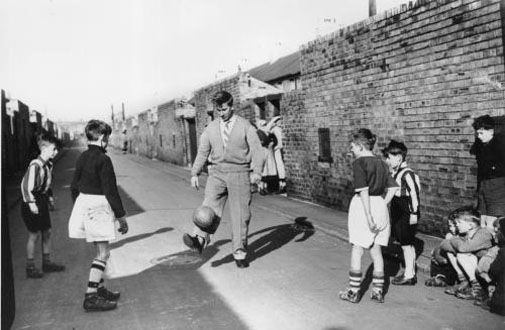
Ashington, England
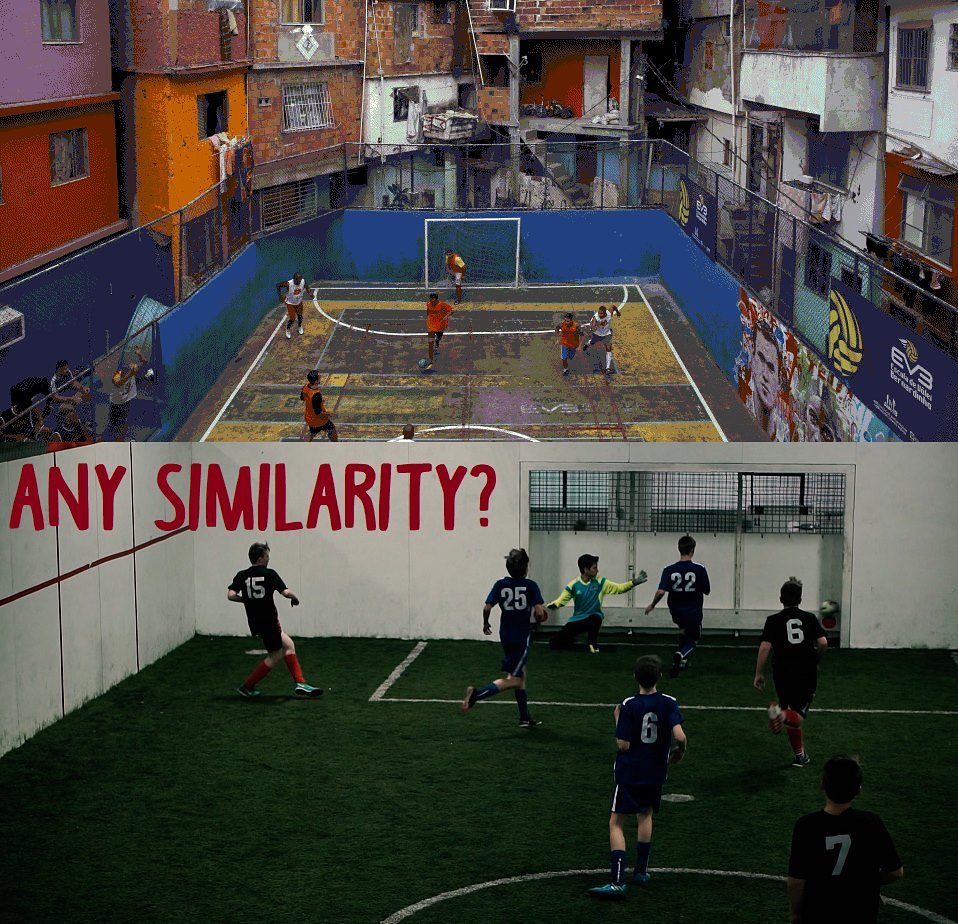
Scores of top players also recount hours upon hours of just kicking the ball against a wall. Check out Maradona’s boyhood home. There is a tiny, fenced area that the ball cannot escape. He also has a back wall with no windows. He reports kicking the ball against the wall day and night, year after year.
Panther Soccer has brought street soccer culture to Houston. Now our kids have a safe space to play street style soccer. They can play in intense, small-sided games in which the ball never goes out of play.
